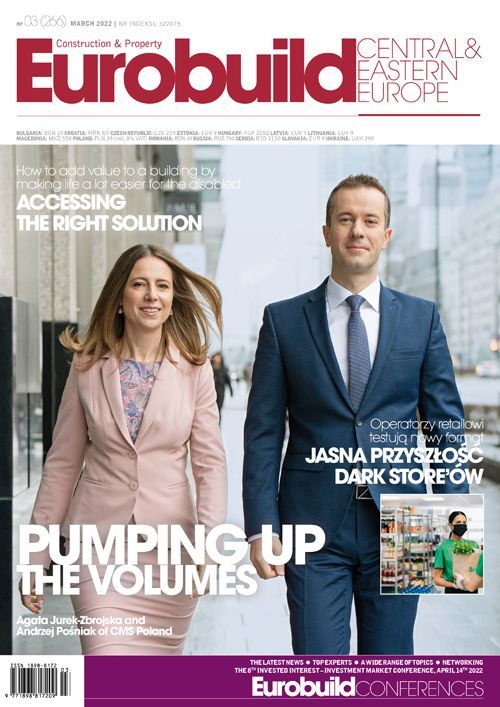All of this activity has been taking place across the CEE region, in the markets of the Czech Republic, Hungary, Romania, Slovakia and Serbia, and especially in Poland. Some of the cross-border transactions have involved investors and funds from the usual suspects: Germany, the UK, the US, the Far East and so on, but there’s also been a perhaps surprising level of activity from Scandinavian players and CEE-based investors themselves. Undoubtedly, the real estate investment market in our part of the world has become much more dynamic of late. So, what is suddenly driving all this current activity? Is it due to investment funds finally sensing that the moment has come to splurge after keeping their powder dry during the long pandemic months? Is it more the case that opportunistic investors are taking advantage of distressed assets and the disruption to valuations and pricing in the wake of all the Covid-induced uncertainty? Is it the structural changes to the market and re-routed s































































